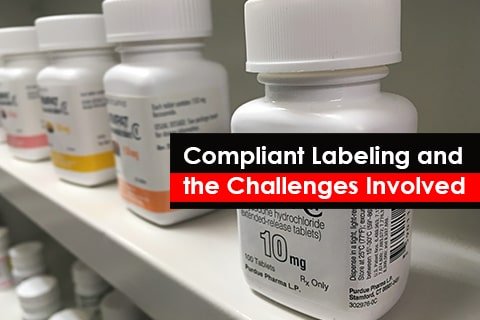Life sciences, as an industry, is dynamic in nature due to constant Regulatory enforcement from global health authorities. In such a scenario, as there would be continuous modifications to the safety information that has to be conveyed through drug labels, the label lifecycle management is treated as a mission-critical system. Thus, labeling processes must be streamlined and capable enough to adopt and implement the global changes in real-time. But it’s not that easy as it has been said. It requires comprehensive analysis of on-the-ground challenges companies face throughout the labeling phases of a product right from content to carton. Let’s figure out those challenges in detail.
Impact Assessment
There is a high probability for continuous labeling changes either safety or non-safety across the product lifecycle. In such a case, companies must be able to evaluate the impact of those changes at both regional and global levels and ensure that all stakeholders are aware of the change before taking any action. The assessment not only helps in outlining the exact change and how it can affect the entire labeling process, but also helps in calculating the submission timelines. Without a common platform, the impact assessment will become more challenging for companies.
Deviation Management and Change Implementation
As soon as a change is observed, especially at global and regional levels, there is always a possibility that different teams may have different perspectives with regards to the change implementation. There goes lot of communication between various stakeholders which actually requires utmost transparent procedures. There can be deviations between the teams which should ideally be recorded for rejecting/accepting a change. Above all, if the change is globally accepted, the challenge for stakeholders is to implement/execute it in real-time to sustain the market competition.
Content to Carton Traceability
The label change is accepted and implemented across the globe. What next? Is it all a manufacturer would look for? Obviously, not. Ideally any manufacturer would aim for complete traceability of their product; at all locations, right after its dispatch from the warehouse and distribution to destination countries, until they reach the shelves in the pharmacy stores. But alas, it is challenging for them to establish a link between the product registrations to pack sets, pack sets to commercial artwork components and then on to finished products for end-to-end tracking.
To complicate a company’s labeling processes even more, there seem to be many challenges in addition to the above listed. To overcome them companies must take a holistic view of the labeling operations and proactively review and strengthen their labeling infrastructure in real-time. They should either update their legacy systems or deploy a one-stop solution that facilitates a greater control of end-to-end labeling process to stay compliant all through.





